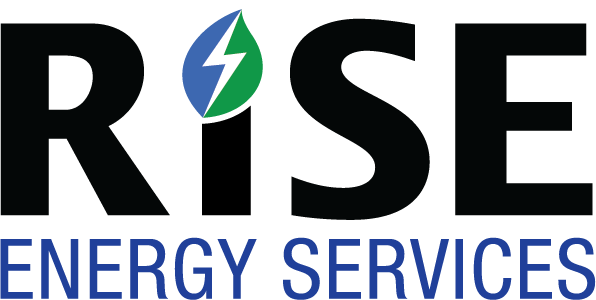Renewable Electricity
The Big Picture
Renewable capacity from wind and solar generation has increased 850% since 2008, from 26 GW to 220 GW of total generating capacity. The primary driver of this increase has been the demand to meet state level Renewable Portfolio Standard (RPS) goals, accounting for fully 2/3 rd of the increase. The remaining capacity has been available to meet demand in the “voluntary” renewable markets. The National Renewable Energy Laboratory (NREL) estimates that 7.8 million customers purchased 165 million MWh of voluntary renewable power in 2019, which would be about 4.5% of total U.S. electricity sales. This has increased from 37 million MWh in 2010, as adoption of sustainability goals among businesses has become more prevalent and the individual company goals more aggressive.
Paths to Green
For businesses seeking to reduce their corporate GHG footprint or to simply source their electricity consumption from renewable sources, there are four main pathways to follow. The overall size of your operations, budget, available land, and the company’s overall capacity to navigate complexity should help drive toward one or multiple paths.
A renewable energy certificate (REC) is a market based instrument that represents the environmental benefits of producing one megawatt hour of electricity from a renewable generation source. The REC can be separated or “unbundled” from the actual generation source and use and is tracked separately in independent third party registries. The certificate has a market value and can be traded between parties. The party that retires the REC, meaning it can no longer be used by any other party, is entitled to claim the environmental attributes that MWh for themselves.
The beauty of RECs lies in their simplicity. Purchasers can choose to support whichever generation source (solar, wind, biomass) at whichever location (Texas, New York, Kansas) in whatever quantity they want. They are also the most affordable option, with easy to negotiate contract terms and don’t require multi-year commitment to any particular generation source. For all these reasons, RECs remain extremely popular and make up almost half of all voluntary renewable transactions each year.
Another pathway is to participate in a green power purchasing program that is offered through your local utility or through a community choice aggregation program, like the ones that are so popular in California. These programs provide businesses a credible pathway to increasing their consumption of renewable electricity. Some of the benefits include known premiums, shorter tie up periods, and many even allow for a percent of total consumption to be enrolled to better manage the budget. The drawbacks are they are usually more expensive than stand alone RECs, may require some minimum term commitment and purchaser doesn’t control generation source.
A Purchase Power Agreement or PPA is a physical arrangement to buy electricity from a specific renewable energy project, including the RECs. These arrangements provide unique opportunities to the buyer, like the ability to support a tangible local project (branding), which is often a new build (additionality), and for large companies, provide a clear path to scaling up renewable purchases. The downside to PPAs are they generally require a significant commitment (15-20yrs), can still expose the buyer to congestion risks even if they are in the same power region, and often aren’t a great match for the actual consumption pattern of the purchaser.
To address some of the shortfalls of the PPA, there is another type of arrangement called a Virtual Power Purchase Agreement or VPPA that has become popular. The VPPA has the advantage of being a financially settled arrangement, rather than requiring physical delivery of power from the project, but still transfers the RECs conveying the renewable environmental attributes. Under a VPPA, the power from a project is sold into the wholesale market at point of generation and the difference between the contract price and market price accrues to the buyer under the contract. So, if market prices rise, the buyer sees a financial benefit and vice versa. The buyer is then free to contract for actual electricity delivered to the facility from a local provider and claim the environmental attributes to the renewable project in the contract. This allows for the buyer to contract from a wider variety of renewable generation providers than would otherwise be possible and still offers the benefits of being associated with a specific project.
Both PPAs and VPPAs are very complex contracts and should be evaluated closely before entering one, however, they offer an important link between businesses that are seeking to achieve the corporate sustainability goals and want a clear link to a specific project and its environmental or societal benefits. U.S. corporations are estimated to have signed PPAs or VPPAs with over 45 GW of solar and wind projects over the past decade and should add another 10 GW or more to that this year.
The final pathway is perhaps the most obvious and that is to simply install on site renewable generation capacity, usually solar, on your facilities. The cost of solar has dropped significantly over the past decade and the economics, not to mention the environmental benefit, of generating your own electricity from a free source of energy can be quite attractive. The main drawbacks to on site generation are lack of space to put the facility, leased facilities, or absence of local net metering rules.
Your Chosen Path
Companies today have more choices than ever on how to make the shift to renewable electricity. No one choice is best for everyone, and most large companies are using several different strategies to achieve the sustainable energy objectives. Working with a knowledgeable and objective provider can help guide you to the optimal path.
